Best Stainless Steel Brewing Tanks for Home Brewing
Why Stainless Steel Brewing Tanks Are the Best Choice
Let’s cut to the chase: if you’re serious about brewing, whether it’s in your garage or for a craft microbrewery, stainless steel brewing tanks are the gold standard. Why? Because they strike the perfect balance between durability, cleanliness, and consistency. Brewing is as much a science as it is an art, and stainless steel gives you the control you need to dial in every variable like a pro.
Unlike plastic, which can warp, or glass, which can shatter, stainless steel is virtually indestructible. And it doesn’t just last—it maintains the integrity of your brew. No weird flavors, no contamination, and no headaches from chemical leaching. The material is non-reactive, corrosion-resistant, and easy to sanitize. That means your pale ale tastes like a pale ale—not like last week’s imperial stout.
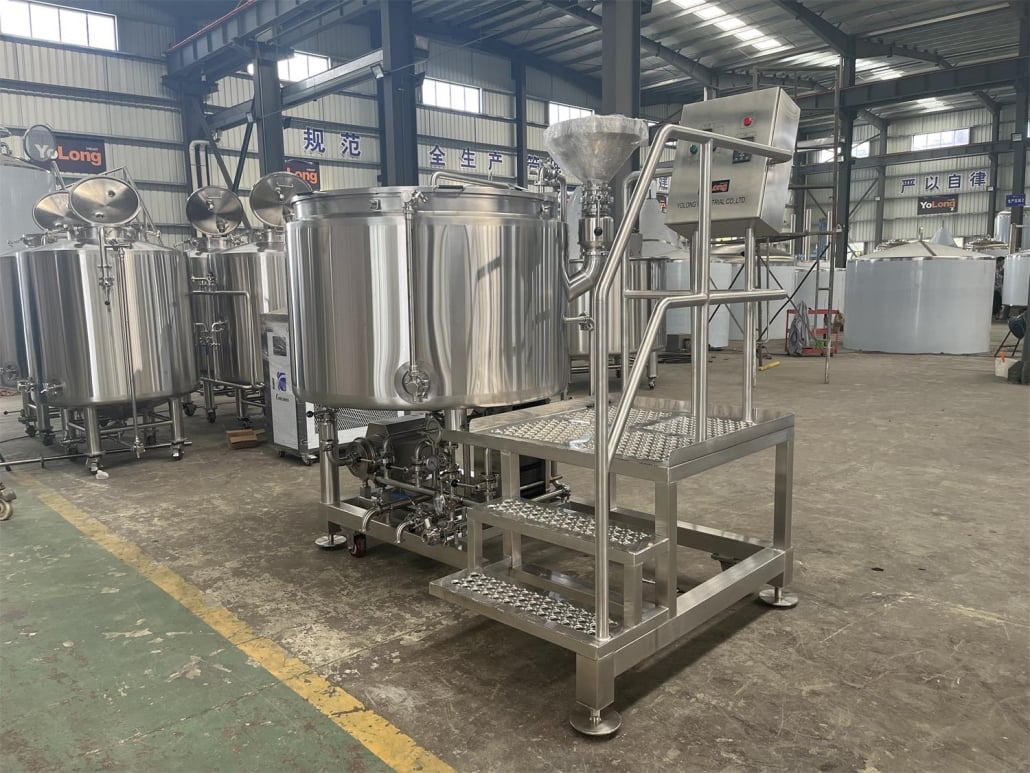
Why Choose Stainless Steel Brewing Tanks
So, what really sets stainless steel brewing tanks apart from the competition? For starters, they’re hygienic. Stainless steel has a smooth, non-porous surface that prevents bacteria and wild yeasts from sticking around. This is huge when you consider how sensitive yeast is during fermentation.
Temperature control is another win. Many stainless steel tanks come jacketed for cooling or can be retrofitted with temperature control systems. That kind of precision just isn’t possible with plastic or glass. Plus, they’re easy to clean. Ever tried scrubbing krausen out of a carboy? With stainless steel, it’s rinse, sanitize, done.
Let’s not forget aesthetics either. Stainless steel looks sharp. It gives your brew setup a professional, almost surgical feel—and there’s a certain confidence that comes with that.
Key Features to Choosing Stainless Steel Brewing Tanks
Alright, so you’re sold on stainless. But not all tanks are created equal. Here are the key features to keep in mind:
1. Volume Capacity – Match your tank size to your batch size. Are you brewing 5 gallons or 5 barrels?
2. Conical vs. Flat Bottom – Conical fermenters allow yeast and trub to settle at the bottom point, making it easier to harvest yeast and clean. Flat bottoms are cheaper but trickier to manage.
3. Port & Valve Configuration – Look for bottom dump valves, sample ports, and racking arms for versatility and cleanliness.
4. Temperature Control Options – Glycol jackets or coil immersion systems are crucial for precision brewing.
5. Pressure Rating – If you’re planning pressurized fermentation or carbonation, make sure the tank can handle it.
6. Material Grade – 304 stainless steel is the standard for food and beverage. 316 is even more corrosion-resistant but more expensive.
7. Manways and Access – Side or top manways make cleaning and inspection much easier.
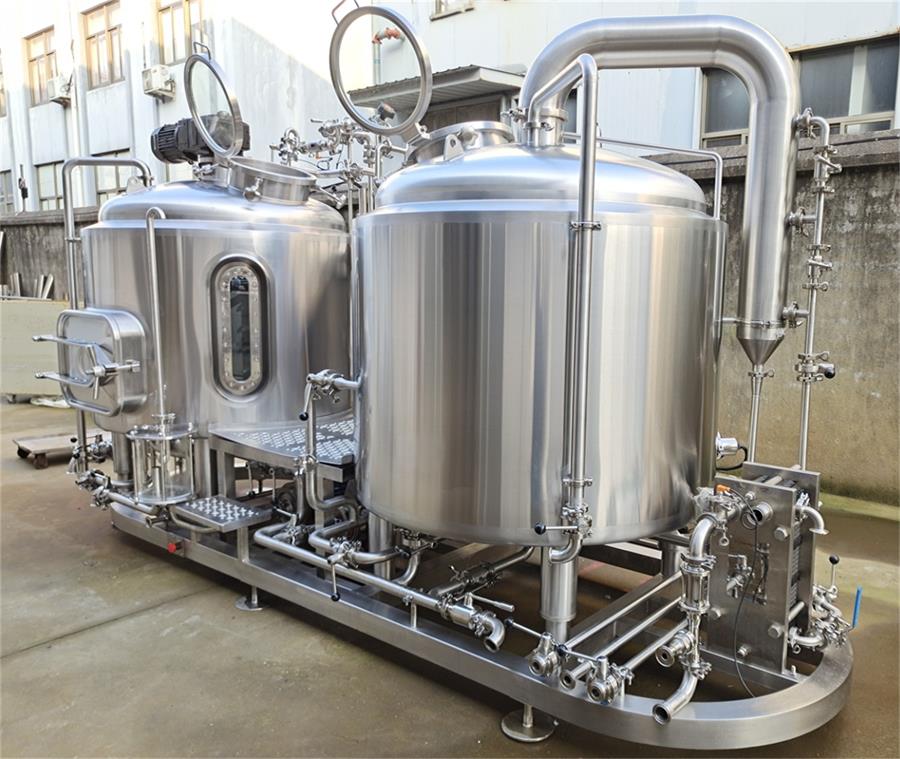
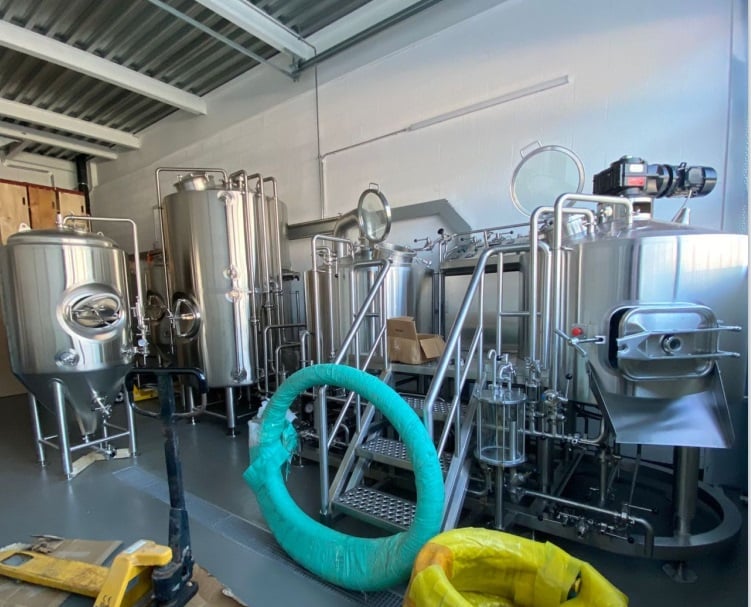
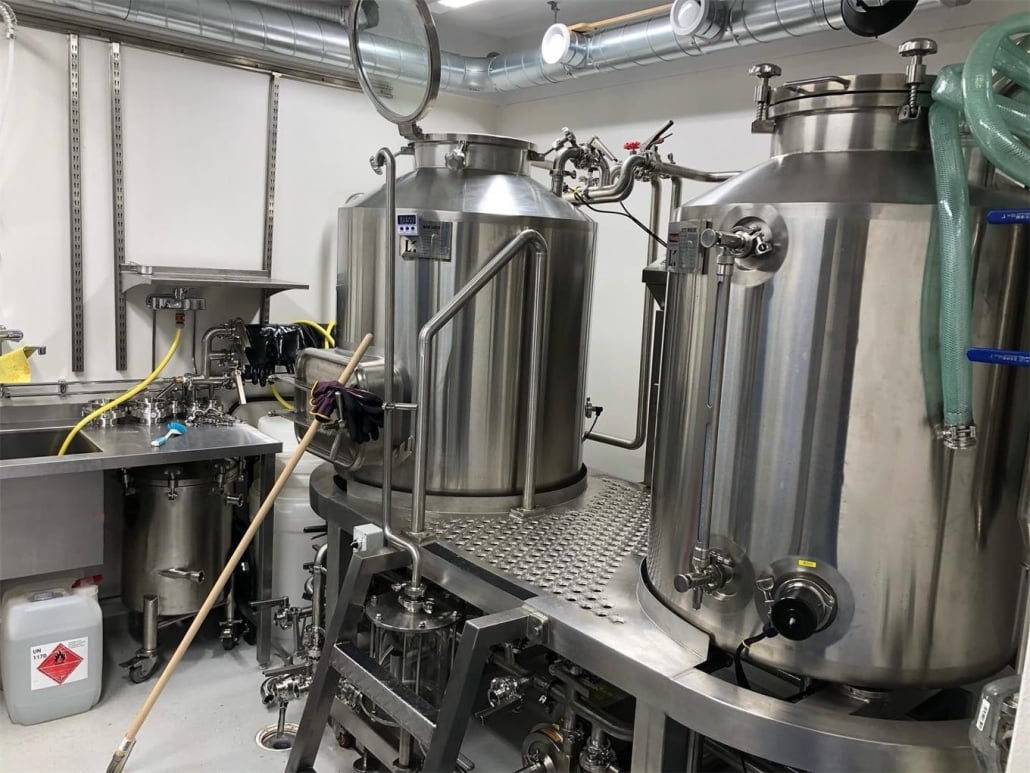


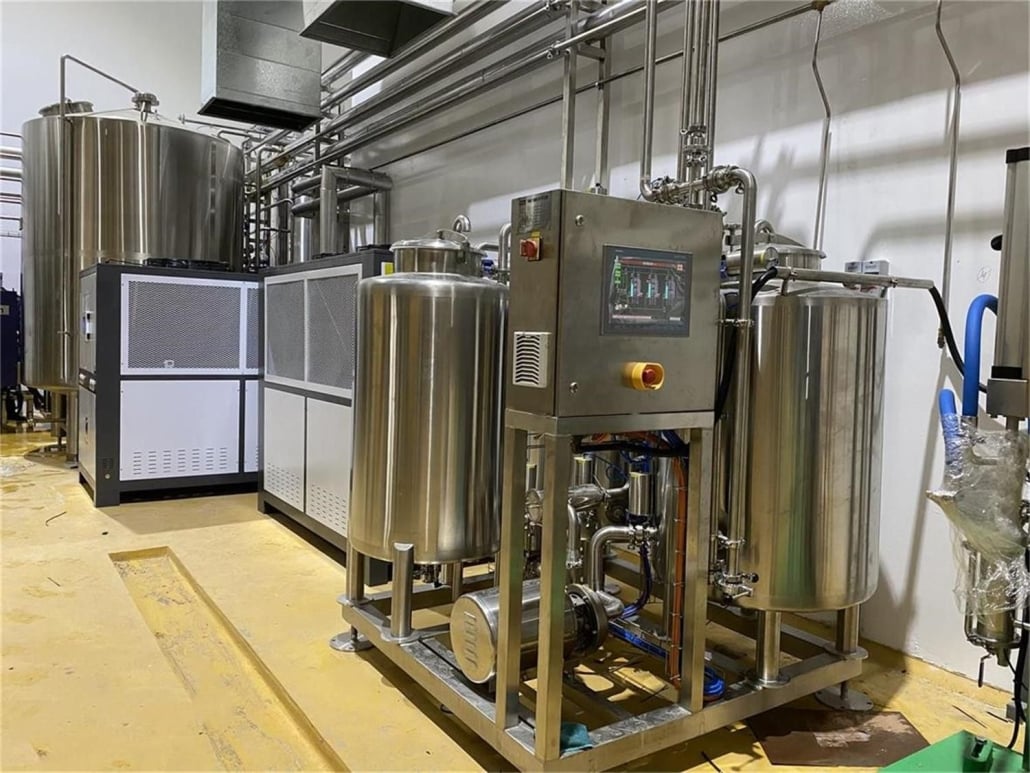
Top Stainless Steel Brewing Tanks for Home Brewing
Here’s a breakdown of some of the best stainless steel brewing tanks you can snag for home setups:
| Model Name | Capacity | Bottom Type | Temp Control | Material Grade | Price Range | Best For |
|---|---|---|---|---|---|---|
| Ss Brewtech Chronical BME | 7 gal | Conical | Integrated Coil | 304 | $495 – $650 | Advanced Homebrewers |
| Spike Brewing CF10 | 10 gal | Conical | External Jacket | 304 | $875 – $1,100 | Precision Control Fans |
| FastFerment SS Conical | 7.9 gal | Conical | Optional Coil | 304 | $300 – $400 | Beginners Upgrading |
| Blichmann Fermenator | 14.5 gal | Conical | Thermowell | 304 | $900 – $1,200 | Small Scale Pros |
| Anvil Stainless Bucket Fermenter | 7.5 gal | Flat | None | 304 | $200 – $250 | Entry-Level Brewers |
These are tanks that give you serious bang for your buck. Whether you want simplicity or sophistication, there’s something here for you.
Stainless Steel vs. Other Materials in Brewing Tanks
Now let’s talk comparisons—because stainless isn’t the only game in town, even if it’s the MVP.
Plastic – Cheap, light, and great for beginners. But it scratches easily, stains fast, and is tough to sanitize thoroughly. Over time, it can harbor bacteria.
Glass – Inert and easy to clean if you’re careful. The keyword is if. One slip, and you’re sweeping up shards. Glass carboys are also heavy and awkward.
Aluminum – Lighter and cheaper than stainless steel. But it reacts with acidic wort unless it’s anodized, and it’s not as durable.
Stainless Steel – More expensive upfront, yes. But it wins long-term: easy to clean, non-reactive, durable, and professional-grade.
So while you might save a few bucks with plastic or glass early on, stainless pays off in peace of mind and repeatable results.
Tips for Maintaining Your Stainless Steel Brewing Tanks
Want your stainless steel brewing tank to last a lifetime? Here’s how to keep it shiny and sanitary:
Clean Immediately After Use – Don’t let residue dry. Rinse out as soon as you’re done brewing.
Use Proper Cleaners – Avoid chlorine-based products (they can pit the metal). Stick with PBW (Powdered Brewery Wash) and Star San.
Polish Occasionally – Use a non-abrasive pad or stainless steel-safe polish to keep it looking sharp.
Inspect Gaskets and Seals – These are weak points. Replace them if they crack or degrade.
Store Dry – Always air dry the tank before sealing it up to prevent mold or corrosion.
Taking care of your gear doesn’t just make it last longer—it protects your beer from contamination and off-flavors. That’s a win-win.

FAQs
| Question | Answer |
|---|---|
| Are stainless steel fermenters worth it? | Absolutely. They’re more durable, sanitary, and give you better control over your brew. |
| What grade of stainless steel is best for brewing? | 304 is industry standard. 316 is even better for high-acid environments. |
| Can I ferment under pressure in stainless steel tanks? | Yes, but only if the tank is pressure-rated. Always check specs. |
| Do stainless tanks affect flavor? | No. They’re inert and won’t leach any taste or aroma into your brew. |
| How do I clean a stainless steel tank? | Use a non-chlorine cleaner like PBW, then sanitize with Star San. Rinse well. |
Share this entry
Interested in learning more about Brewing Systems including additional details and pricing information? Please use the form below to contact us!
YOLONG BREWERY EQUIPMENT FAQS
- Commercial Brewery / Craft Brewery / Microbrewery / Nanobrewery
- What is The Difference Between Craft Beer and Industrial Beer?
- The Bespoke Differences In Custom Brewing Systems
- Everything You Need to Know About Kettle Souring
- How to Choose Brewing Equipment for Your business?
- How To Choose The-Best Partner To Build Your Commercial Microbrewing System?
- Two Detection Sensors That You Need To Use In Your Brewhouse System
- Remote Control Applications in Brewing Equipment/How does it work?
- How To Clean Your Brand New Brewery Tanks?
